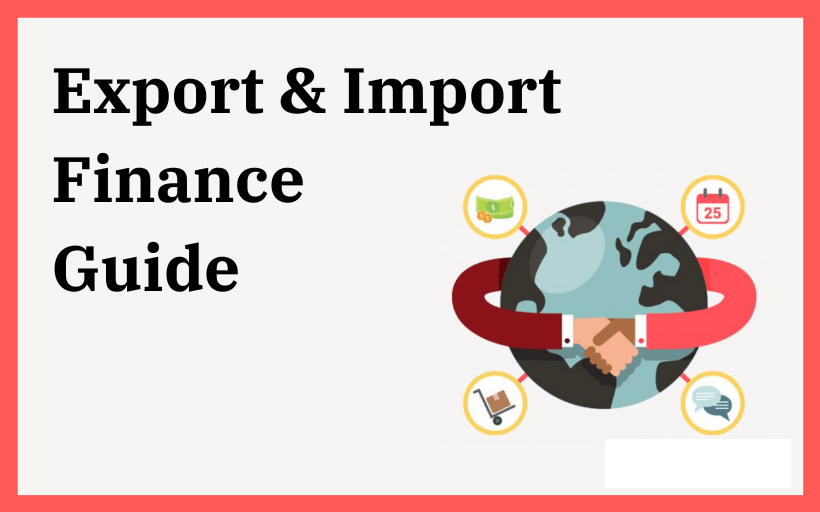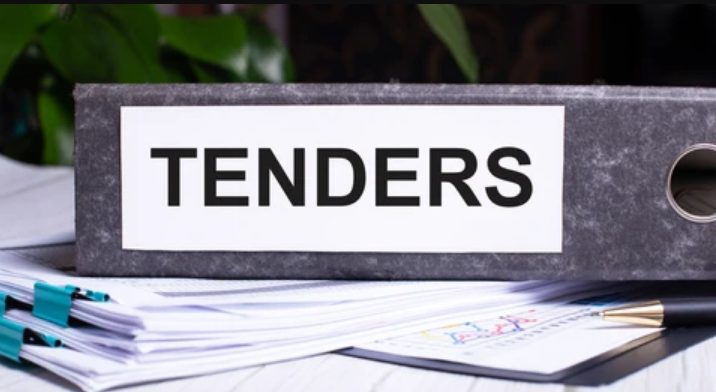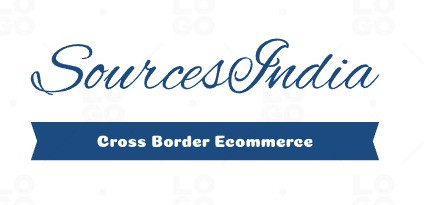Import Financing Methods

Import Financing Methods
Globally, letters of credit are the most used form of financing for imports. Financial instruments known as letters of credit are provided by the bank of the importer and allow the exporter to take out cash from the bank under specific guidelines. Letters of credit are granted for a certain sum and have a strict expiration date, with the exporter as the designated beneficiary.
Terms and conditions under which payment will be made are outlined in letters of credit. The exporter must present documentary proof that the items were shipped in compliance with the terms and conditions outlined in the letter of credit in order to receive payment from the importer's bank. A bill of lading attesting to the shipment of the products and an invoice or receipt for the items are normally the two types of documentation needed; additional export documents, inspection reports, and insurance documentation might also be necessary.
The importer's bank must make payment when an exporter provides accurate documents and a demand to draw, regardless of whether the importer has supplied the necessary cash. Payment may be made in the form of a sight draft, which is a financial transfer, or a term draft, which is a promise to pay, depending on the terms stated in the letter of credit.
With letters of credit, the importer's bank effectively guarantees that payment will be made upon receipt of documentation proof that the items have been transported, therefore the importer is relieved of the need to pay for goods before they are shipped. Although letters of credit can be costly and difficult to enforce if they are overly specific, they significantly reduce the risk associated with foreign trade and are likely to spark costly legal disputes.
Documentary Collections are a less costly but marginally riskier kind of trade finance for imports. The sale of goods in documentary collections is handled via document exchange between banks. The exporter gives his bank official documentation—typically a bill of lading—proving that the products have been dispatched. In exchange for receiving money in settlement of the invoice, the bank of the exporter forwards the bill of lading to the bank of the importer.
A bill of exchange or other promise to pay can be used as collateral for a settlement. Payment is not guaranteed by the importer's bank in documentary collection operations. The bank will not make payment if the importer refuses to take the items. In documented collections, the exporter retains the right to retrieve the items because title does not pass to the importer until payment is received. However, it can be costly and challenging to retrieve products from locations abroad.











